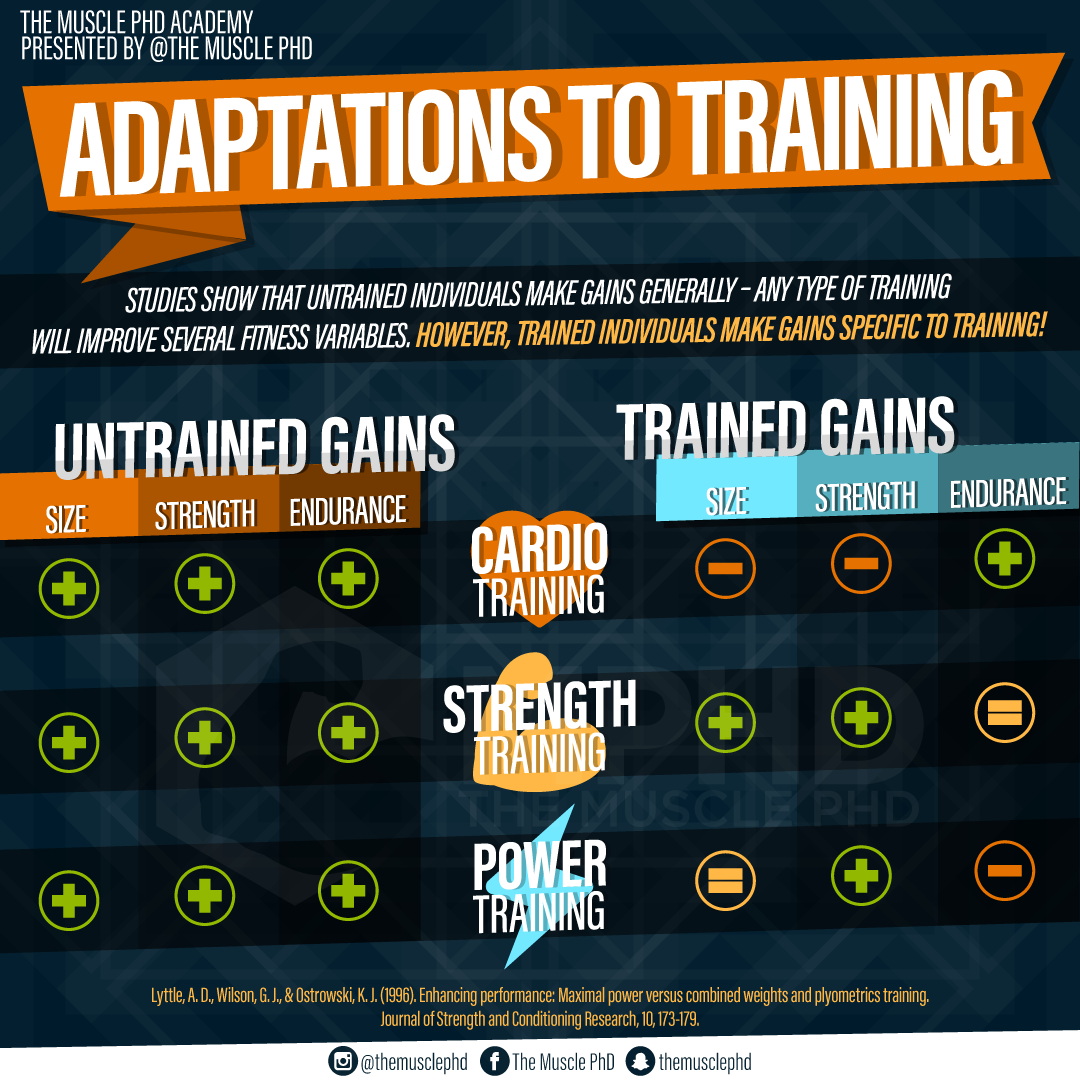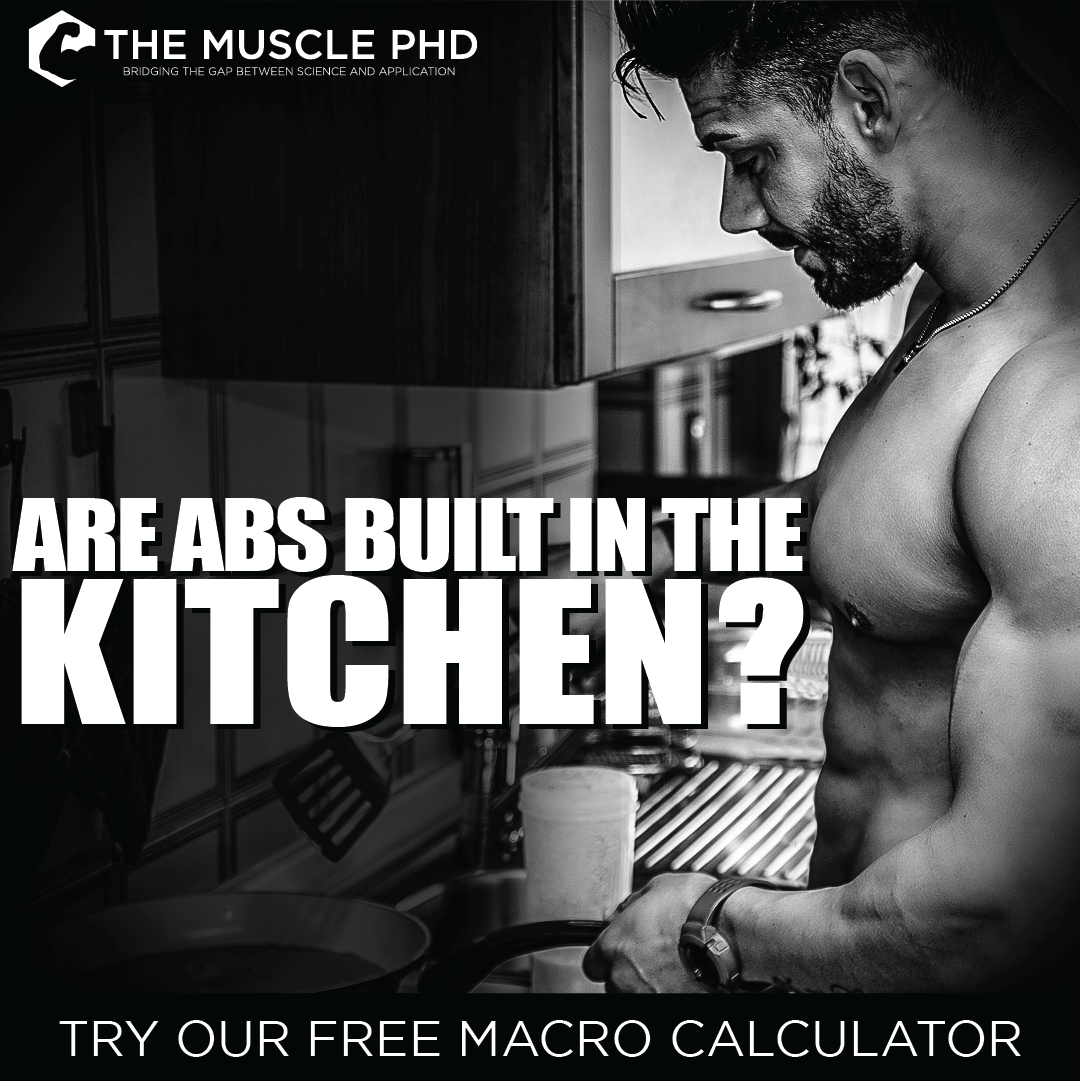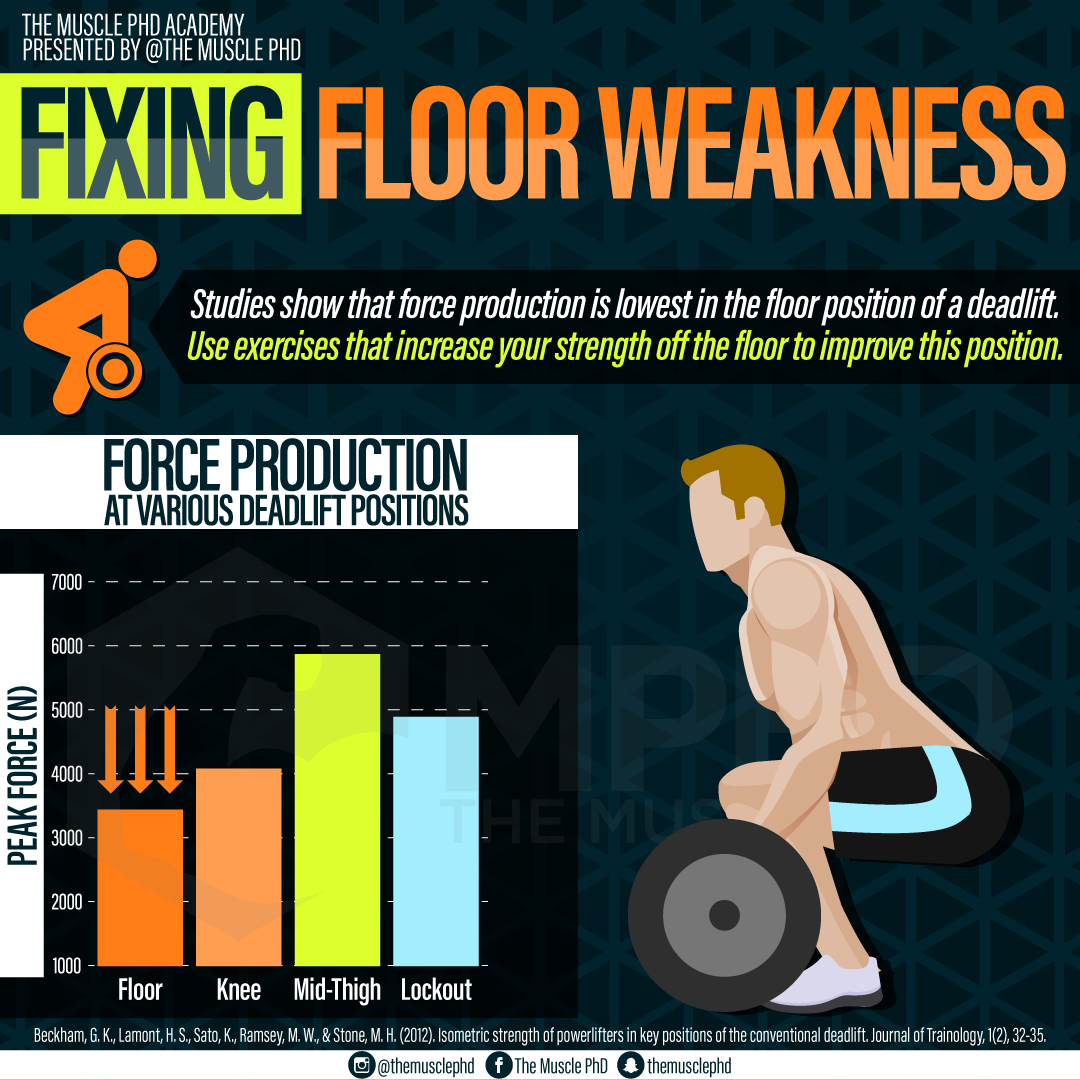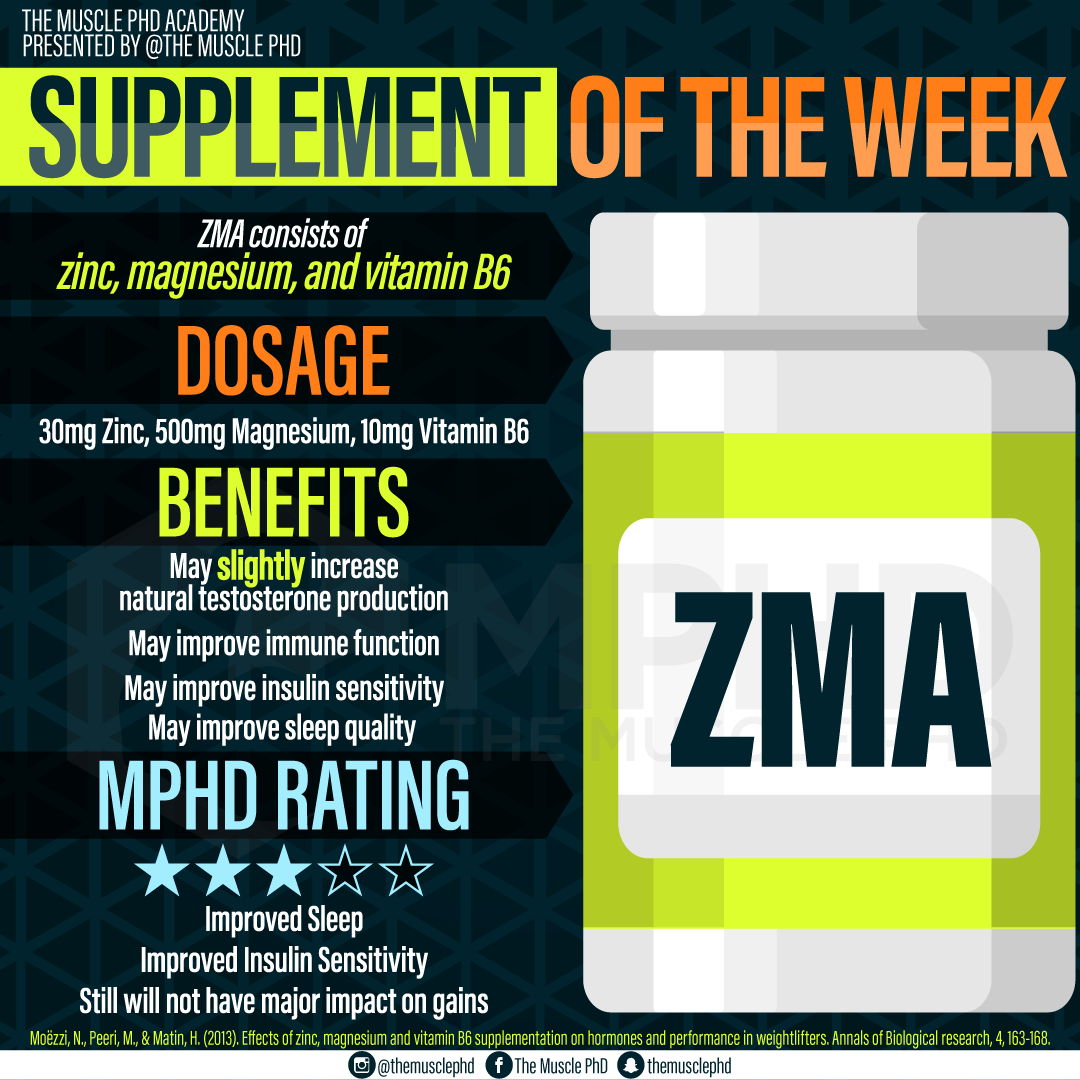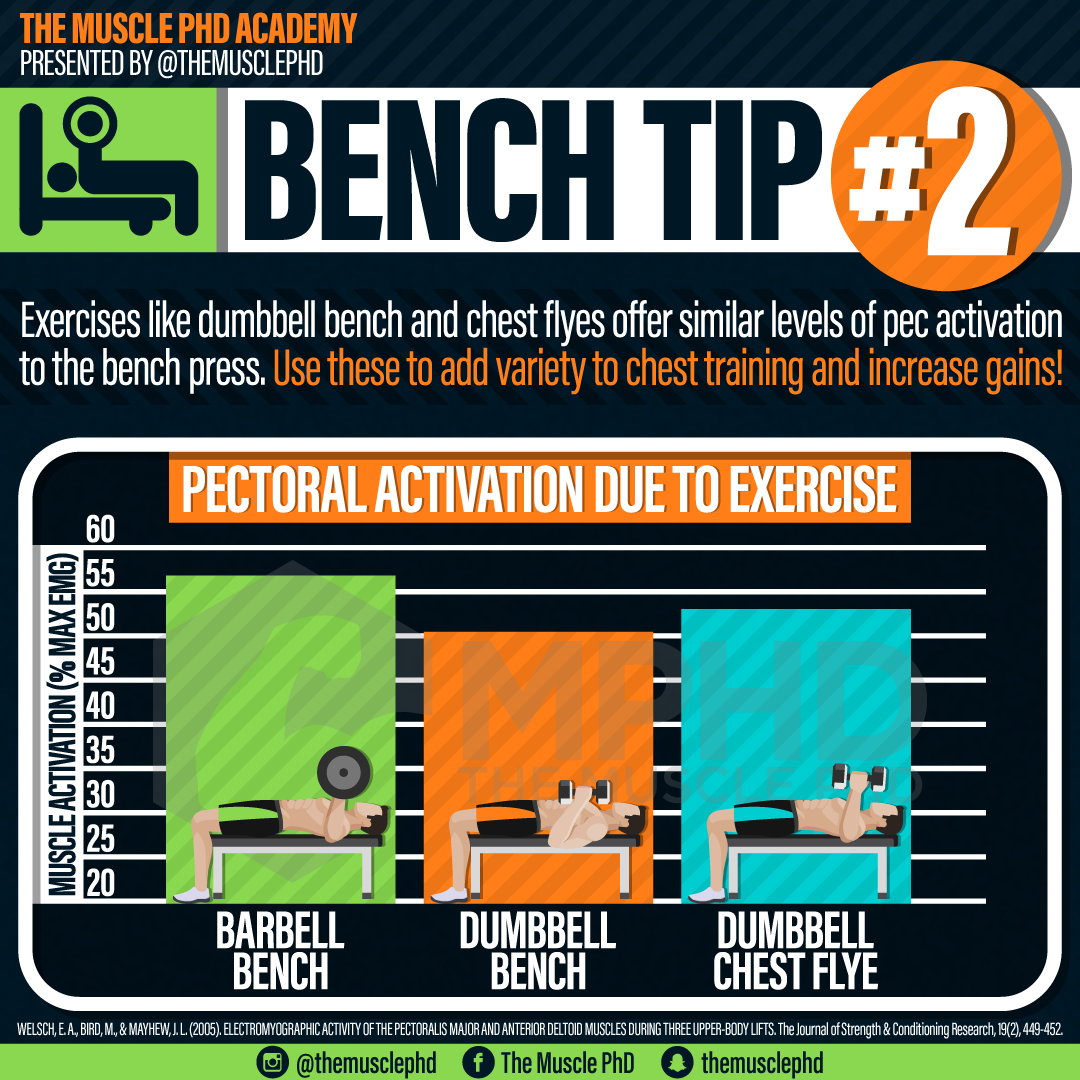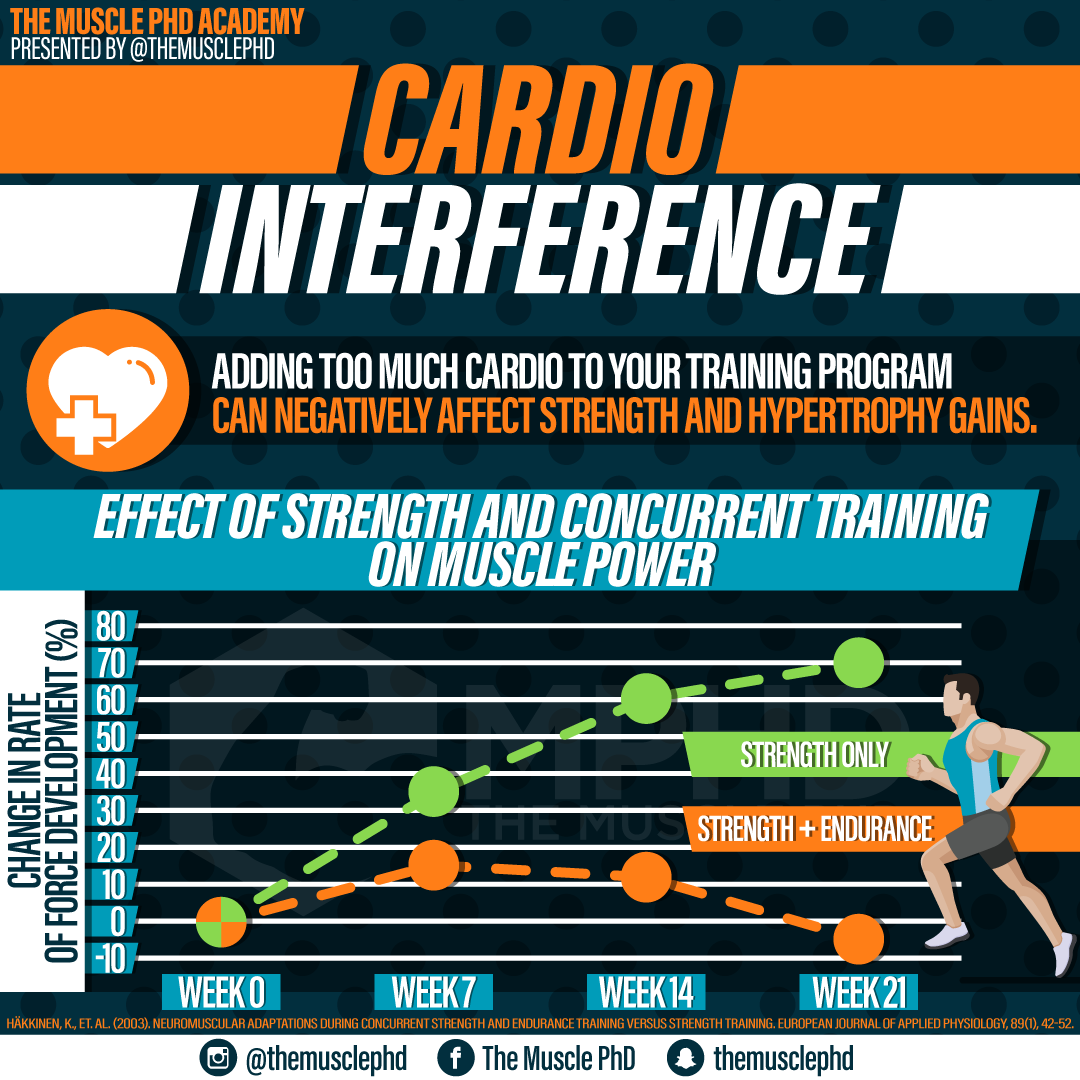Summary
We know that novice or beginner lifters can make gains at a faster pace than gym veterans – hence the term, “newbie gains.” There’s a few different biological and physiological reasons for this, but for this particular Quick Tip, we’re going to cover the SAID Principle.
The SAID Principle stands for, “Specific Adaptations to Imposed Demands.” Essentially, this means that we adapt (make gains) specific to how we train. Therefore, when we perform power training, such as plyometrics or Olympic lifts, we get faster and more powerful but don’t gain much muscle and might even lose cardio capacity. On the other hand, if we perform strength training, we get stronger, a little bit faster, and our muscles grow. However, if we perform endurance training, we improve cardio capacity but will likely lose size and strength.
Why is this the case? When we train, we impose a stressful stimulus on our body. Our muscles recognize this stimulus, whether it’s mechanical (weights), chemical (cardio), or both (high reps, intervals, etc.). Our muscles then send a message to the rest of our body that essentially signals that our muscles need more proteins, more mitochondria, or more of whatever is needed to better handle that stress in the future.
However, when we first start training, everything is a stressful stimulus. Even lifting weights can be a challenge from a cardio standpoint, so our muscles send a ton of signals over a longer period (Tang et al. 2008) in order to make gains to better handle that stress. As we gain training experience, the training stimulus becomes less stressful – the Law of Accommodation and Repeated Bout Effect both play a role here. Regardless, this is why newbies tend to make gains more quickly than gym veterans, and this is also why newbies make gains generally to training, whereas gym veterans have to train more specifically for a given goal. This is also why it’s important for gym veterans to continuously overload their training in order to impose a new stimulus on the body!
Based on
Further Reading


